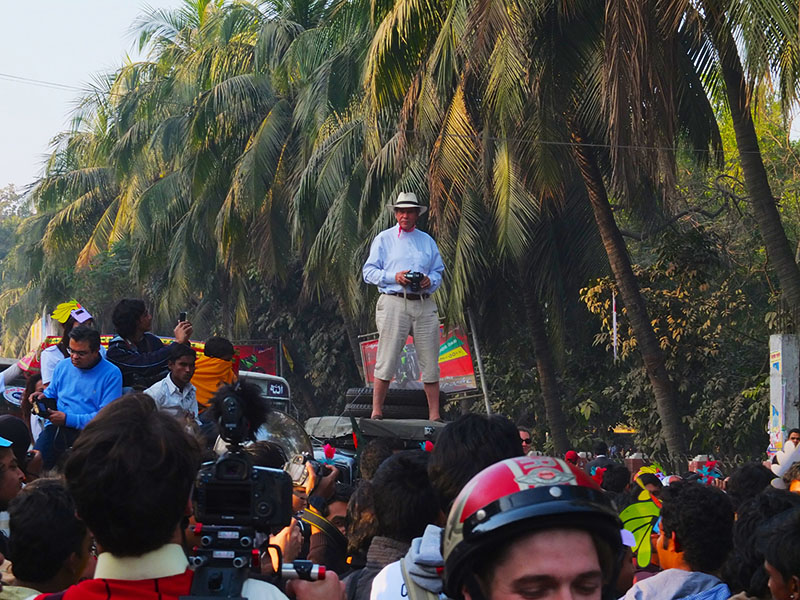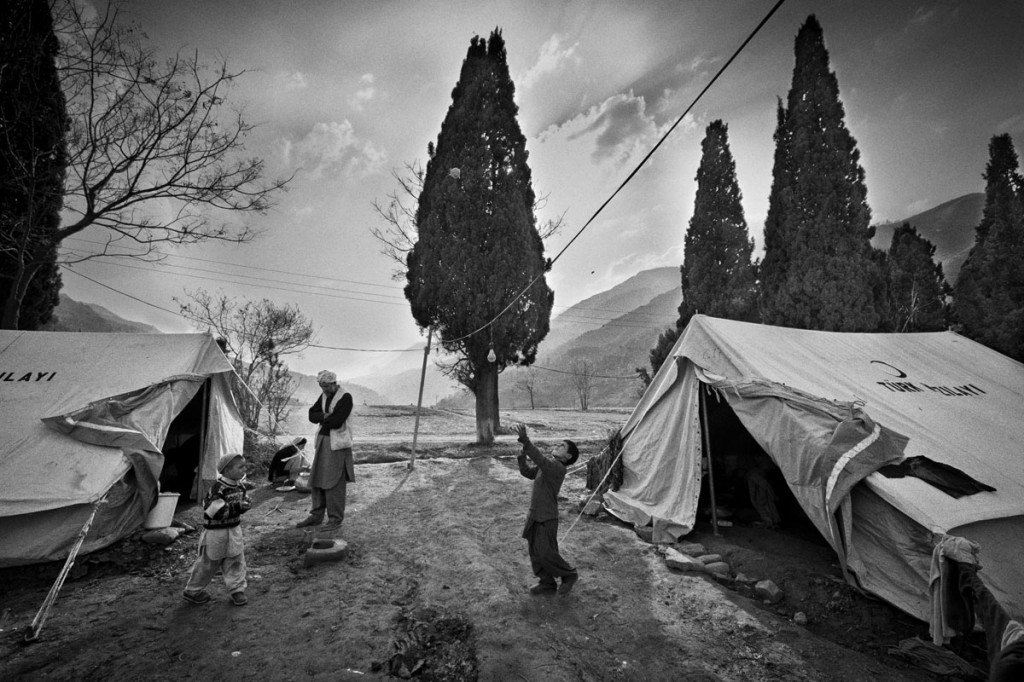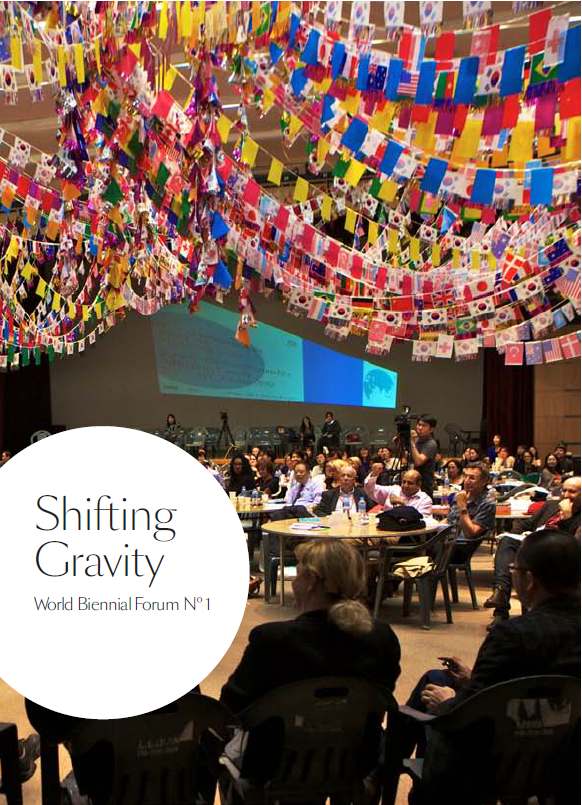Nii Obodai Photo by Chris Riley
by Chris Riley
From portraits of the men and women who made Bangladesh, to a poem to The Buriganga. From an intimate examination of the bond between two sisters and a rare skin disorder to the documentation of Chinese pollution. From Mexican magical realism to Iranian reality and the brutality of war. From students to mentors and beyond. The picture editors from Time, Geo andThe Guardian meet the Majority World as it finds both voice and vision. In among the teeming Dhaka Chobi Mela?s white background posters seem to be beacons of a new world: less depressed, less angry and newly empowered to write not only Bangladesh?s future but our own.

Ruth Eichhorn from GEO magazines
Photo by Chris Riley
Last time I was here I loved the student show and this year was no different. Tutored, mentored and cajoled by Morten Krogvold a group of 25 students documented Dhaka?s human side and created a show in four days, including the shoots and the printed catalogue. Rather than descend into the depression of all of Dhaka?s problems the students plundered its substructures to elevate the fine and the fun. Idiosyncratic, profound and often simply cool, the show was a triumph of story-telling with a twist: stories told by young men and women about the goodness of the human spirit and its capacity to prevail. This work was not full of parental anger, it was full of a child?s delight. I loved it.
Continue reading “In a visual age, visionaries”


















